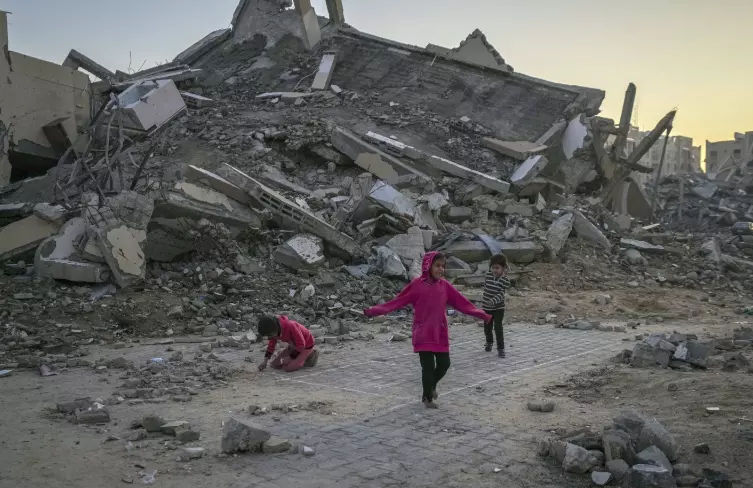The ceasefire agreement between Israel and Hamas represents a temporary pause in fighting following 15 months of devastating conflict. Mediators report that it includes an exchange of hostages held by Hamas for Palestinian prisoners in Israeli custody. However, significant uncertainties remain regarding the implementation and long-term consequences of the agreement.
Key Points for Israel:
- Tactical Successes: Israel achieved some military objectives, such as eliminating top Hamas leaders and damaging infrastructure, but "total victory" remains out of reach as Hamas retains control in Gaza.
- Political Fallout: Prime Minister Benjamin Netanyahu faces domestic backlash over delayed negotiations and prisoner exchanges. The ceasefire may diminish his political stability.
- War Crimes Allegations: International scrutiny of alleged war crimes by Israel persists, further complicating its global standing.
Key Points for Hamas:
- Survival Amid Devastation: Despite catastrophic losses and Gaza’s destruction, Hamas remains intact as a political and military force, albeit weakened.
- Shifting Narratives: The group may bolster its standing among Palestinians for securing prisoner releases but faces criticism for the immense cost to Gaza.
Wider Implications for the Middle East:
- No Clear Postwar Plan: Rebuilding Gaza and addressing governance remain unresolved challenges, with Israel opposed to Palestinian statehood and Hamas threatening alternatives.
- Regional Tensions: Arab countries demand progress toward a Palestinian state as a condition for postwar assistance, a stance at odds with Israel's government.
- Impact on Global Politics: The ceasefire adds complexity to U.S.-Middle East relations, with the Biden administration’s diplomacy contrasting with Trump’s Middle East policies.
Ultimately, while the ceasefire offers a brief respite from violence, it does not resolve the deep-rooted issues fueling the Israeli-Palestinian conflict.


